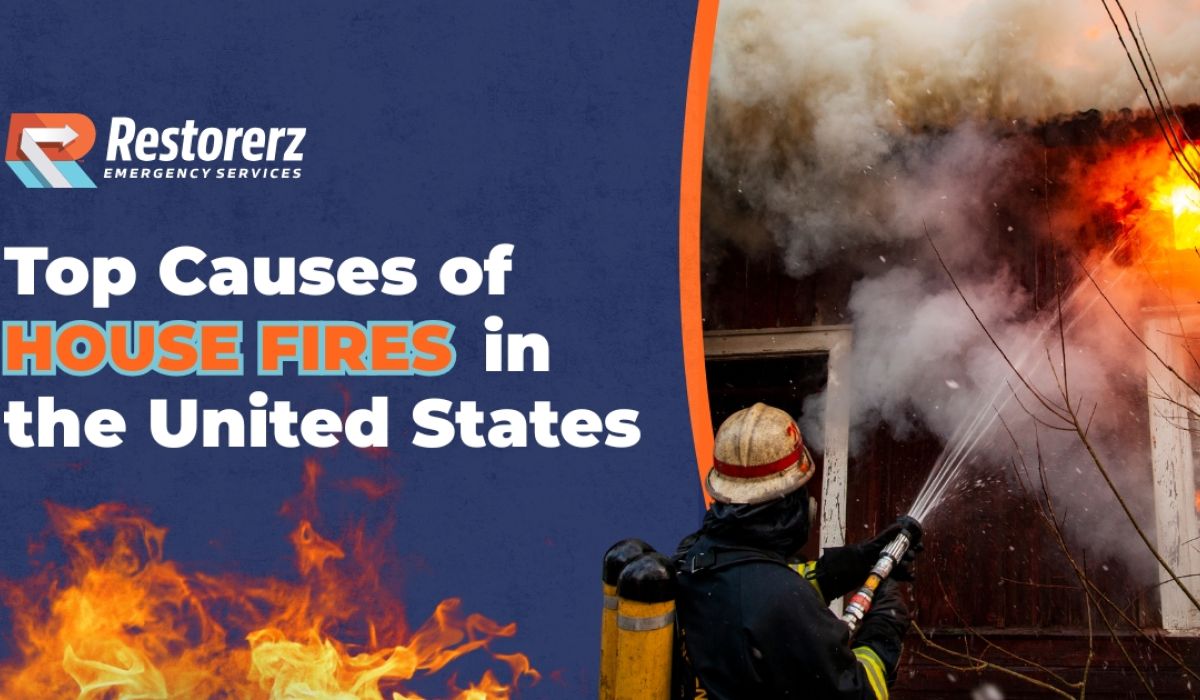What is Green Mold [Comprehensive Guide]

CEO, Restorerz Emergency Services
![What is Green Mold [Comprehensive Guide]](/wp-content/themes/yootheme/cache/50/Restorerz-What-is-Green-Mold-1200x630-10.22.2025-v1-50bc576d.jpeg)
Green mold is a common indoor contaminant that typically appears in damp, moisture-rich areas around your home. Leaks, poor ventilation, and rising humidity levels create the ideal environment for this mold to grow, putting you and your household at risk. From congestion to severe allergic reactions, green mold can have serious health effects if not addressed quickly. Keep reading to learn more about this potentially harmful contaminant and discover how professional remediation by the team at Restorerz helps protect your home and health.
What is Green Mold?
Green mold is a type of mold that gets its name from its color. It ranges from light green to olive or blue-like green and has a soft, fuzzy, or powdery texture. Many homeowners discover mold in moist areas of the home, as well as on surfaces such as food and plants. While some species of green mold are harmless, others produce mycotoxins that can pose a threat to the health of your household.
Types of Green Mold
Green mold refers to any type of mold that produces green spores. The most common species found in homes include:
- Cladosporium: This olive-green mold is commonly found on plants and various surfaces, including wood, drywall, carpets, and window sills.
- Aspergillus: Including various species with green spores, is often found in moisture-rich areas such as basements and crawl spaces.
- Penicillium: This blue-green mold is known for producing the antibiotic penicillin. It can grow in water-damaged areas, on food, and in ducts.
Causes of Green Mold
Mold thrives in environments with high moisture levels and poor ventilation. Common causes of mold growth within the home include:
- Water leaks: Leaking pipes, roofs, or appliances can cause excess moisture to accumulate behind walls, under floors, or within ceilings, creating ideal conditions for mold growth.
- Condensation: Cold surfaces such as windows, pipes, and walls often create condensation buildup, which encourages mold growth.
- Water damage: If you don’t thoroughly dry flooding or other water damage within 48 hours, excess moisture creates an environment for mold to spread.
- Poor ventilation: Lack of air circulation can trap moisture, allowing mold to grow and spread.
- High humidity: Areas with high humidity levels often see mold growth due to excess moisture buildup.
Health Risks of Green Mold
Some green mold species contain mycotoxins, which are toxic compounds that affect human and animal health. Exposure to these spores can lead to concerning symptoms, including:
- Coughing, wheezing, and shortness of breath
- Asthma attacks or worsening symptoms
- Allergic reactions
- Sneezing and congestion
- Infections
The health risks vary depending on the type of mold, the level of exposure, and the individual’s sensitivity level. If you spot green mold in your home, it’s important to contact a professional remediation company as soon as possible to minimize symptoms.
Where Does Green Mold Grow?
Green mold is found in areas where excess moisture can accumulate. Common locations include bathrooms, kitchens, basements, and crawl spaces. These spaces are more prone to water damage, condensation, or leaks, creating an ideal environment for mold growth. It’s also often found inside walls, ceilings, cabinets, or under floors where ventilation is minimal.
Along with household surfaces, green mold can grow on plants and food such as bread, fruits, or vegetables. If you leave these items out for too long or store them incorrectly, the combination of moisture and warmth creates an environment for mold growth.
Cleaning and Remediation
If you suspect green mold is growing in your home, contact a trusted restoration company in your area immediately. Professional cleaning and remediation are crucial for eliminating spores, thoroughly cleaning the area, and preventing future growth. These experts follow a strict remediation process that typically includes the following steps:
- Assessment: The technicians examine and test the area to identify the type of mold, the source of moisture, and the most effective cleanup solution.
- Containment and cleaning: They’ll create a contaminant barrier to stop the spread of spores and begin cleaning the surface using tools such as HEPA vacuums, steam cleaning, and specialized solutions.
- Moisture control and repairs: Professionals will address the root cause of the growth, such as leaks, poor ventilation, or humidity issues.
- Remediation: Mold-inhibiting chemicals or antifungal solutions are applied to the area to prevent regrowth.
- Final examination: Before leaving, they’ll perform a thorough inspection to verify that all mold is gone and the moisture problem is no longer a concern.
Contact Restorerz 24/7 for Professional Mold Remediation!
Don’t let green mold put your household at risk. Contact the experts at Restorerz to schedule professional mold remediation! Our specialists carefully locate, contain, and eliminate mold from your home to create a safe, healthier environment. We’re available around the clock to address your concerns and create a tailored plan that stops mold growth at its source and prevents it from recurring.
Call us or book online to schedule your remediation service today. We proudly offer restoration services throughout Los Angeles and the surrounding areas.
Frequently Asked Questions
Is green mold the most dangerous type of mold?
Green mold is not the most harmful type of mold. Black mold is considered the most toxic type, producing mycotoxins that can cause severe health effects, including asthma, allergies, and compromised immune systems.
What other types of mold are commonly found in homes?
The other types of mold commonly found in residential homes include black mold, white mold, yellow mold, and Alternaria. Each species has varying appearances, potential, and associated health risks.
Can I clean up green mold myself?
It’s best to leave mold cleanup and remediation to the professionals. Specialized tools, equipment, and techniques are necessary to properly eliminate mold and prevent regrowth. If you suspect mold is growing in your home, contact our team to discuss your remediation options.

![What is Green Mold [Comprehensive Guide]](/wp-content/themes/yootheme/cache/ef/Restorerz-What-is-Green-Mold-1200x630-10.22.2025-v1-efa9ac85.jpeg)
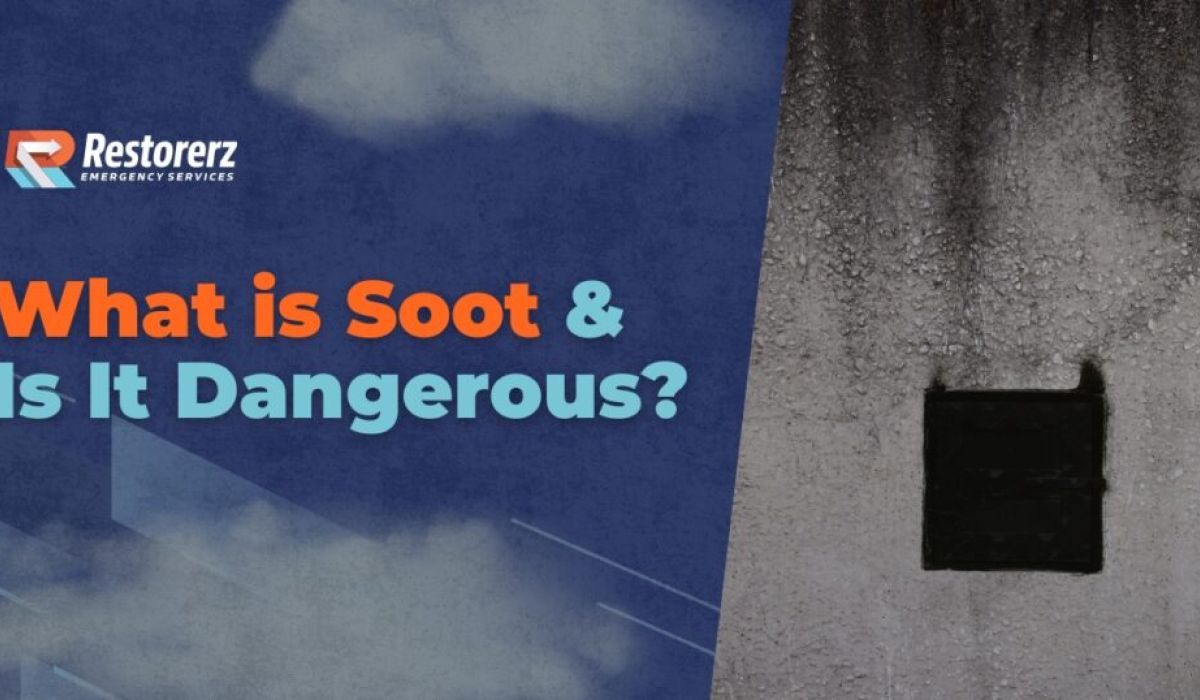

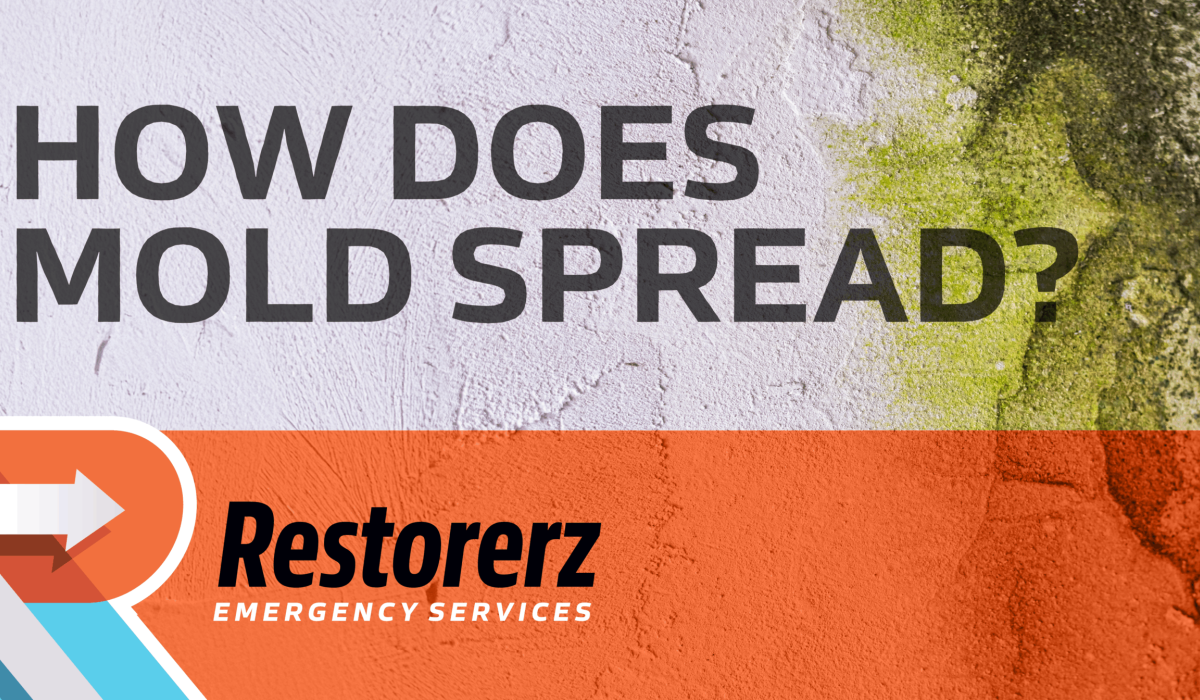
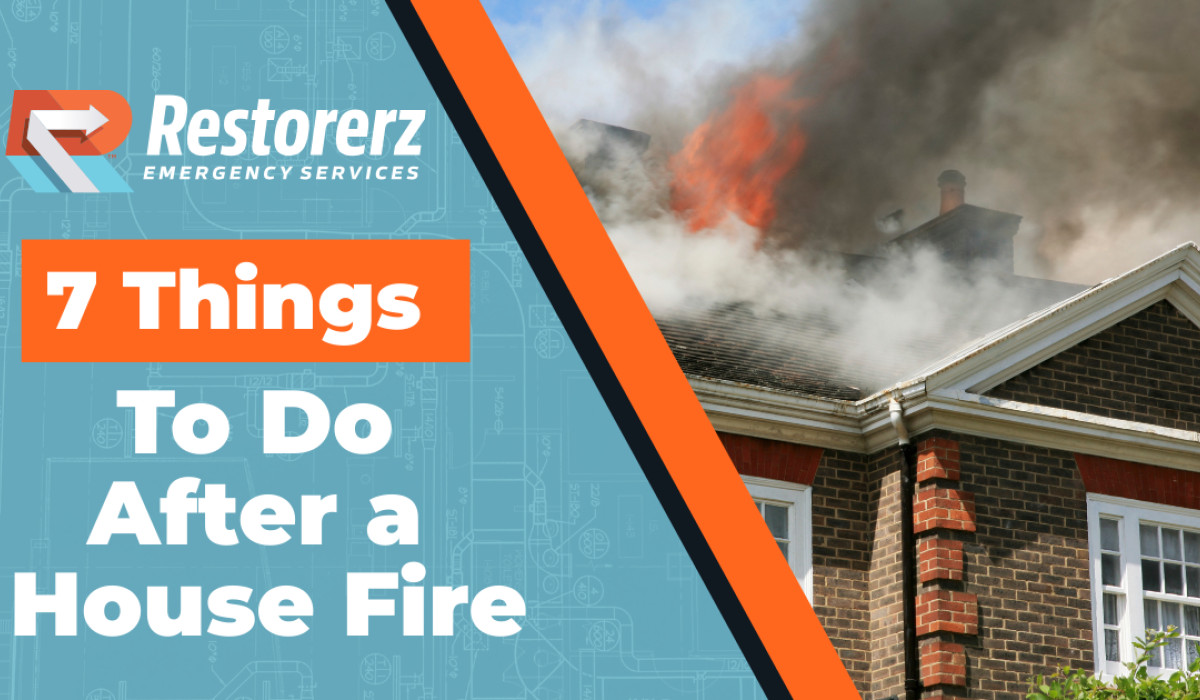

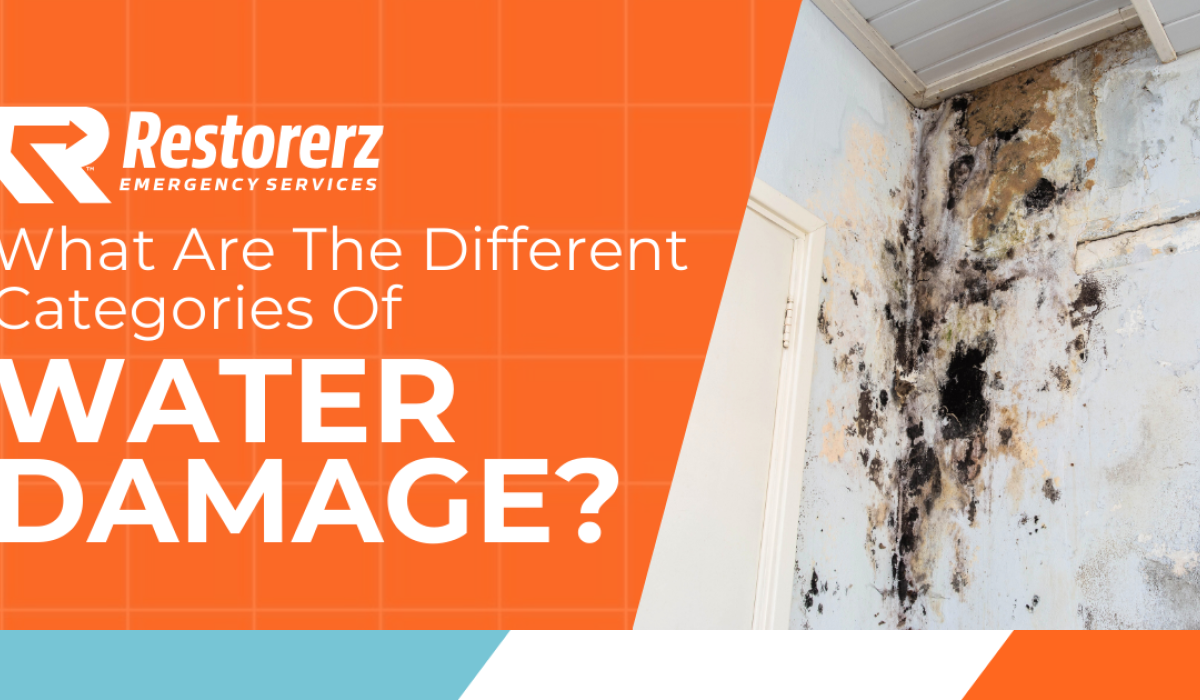

![All About Pink Mold [Prevention & Remediation Strategies]](/wp-content/themes/yootheme/cache/3a/Restorerz-Blog-All-About-Pink-Mold-Prevention-Remediation-Strategies-1-3a7c91cf.png)
